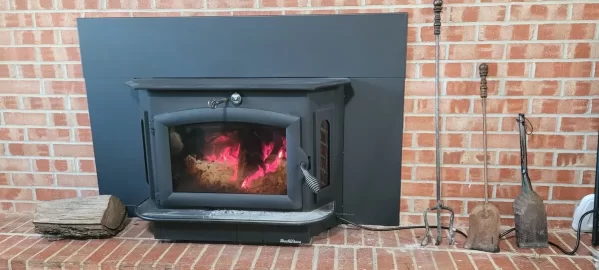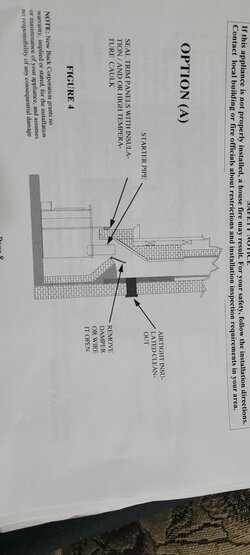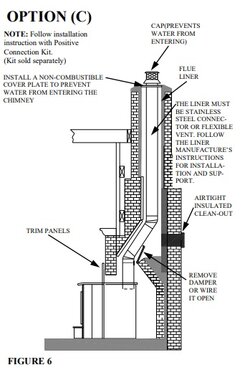Hello,
We recently installed a Buckstove 91 insert into our existing fireplace.
The insert has been heating great and warming our house well. However, when we engage the catalyst we get lots of smoke and the door turns thick black- especially when we have to close the air intake to keep it from getting too hot.
We first thought our issue was wet wood. But we have since been burning older logs that are several years old and should not be wet. (We have not moisture tested..but pretty confident this is not the issue)
Today I called our distributor where we purchased the insert and they said it sounds like we need to install flue pipe to help draw heat better. He said he was very confident that was our issue. It would be an additional $750.
My dad says he wouldnt spend the extra money. That we should just leave the bypass open and not use the catalyst since it seems to draw ok that way. Or remove the Catalyst altogether.
We don't really like that idea..but also don't want to spend that money if that wouldn't solve the issue. What doesn't make sense is why is it drawing ok when the bypass is open but not when it's closed?
Does anyone else have input or experience with this to help us make a well informed decision?
We recently installed a Buckstove 91 insert into our existing fireplace.
The insert has been heating great and warming our house well. However, when we engage the catalyst we get lots of smoke and the door turns thick black- especially when we have to close the air intake to keep it from getting too hot.
We first thought our issue was wet wood. But we have since been burning older logs that are several years old and should not be wet. (We have not moisture tested..but pretty confident this is not the issue)
Today I called our distributor where we purchased the insert and they said it sounds like we need to install flue pipe to help draw heat better. He said he was very confident that was our issue. It would be an additional $750.
My dad says he wouldnt spend the extra money. That we should just leave the bypass open and not use the catalyst since it seems to draw ok that way. Or remove the Catalyst altogether.
We don't really like that idea..but also don't want to spend that money if that wouldn't solve the issue. What doesn't make sense is why is it drawing ok when the bypass is open but not when it's closed?
Does anyone else have input or experience with this to help us make a well informed decision?





